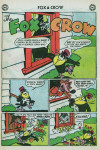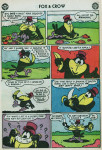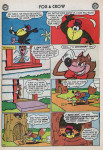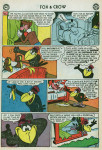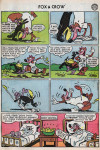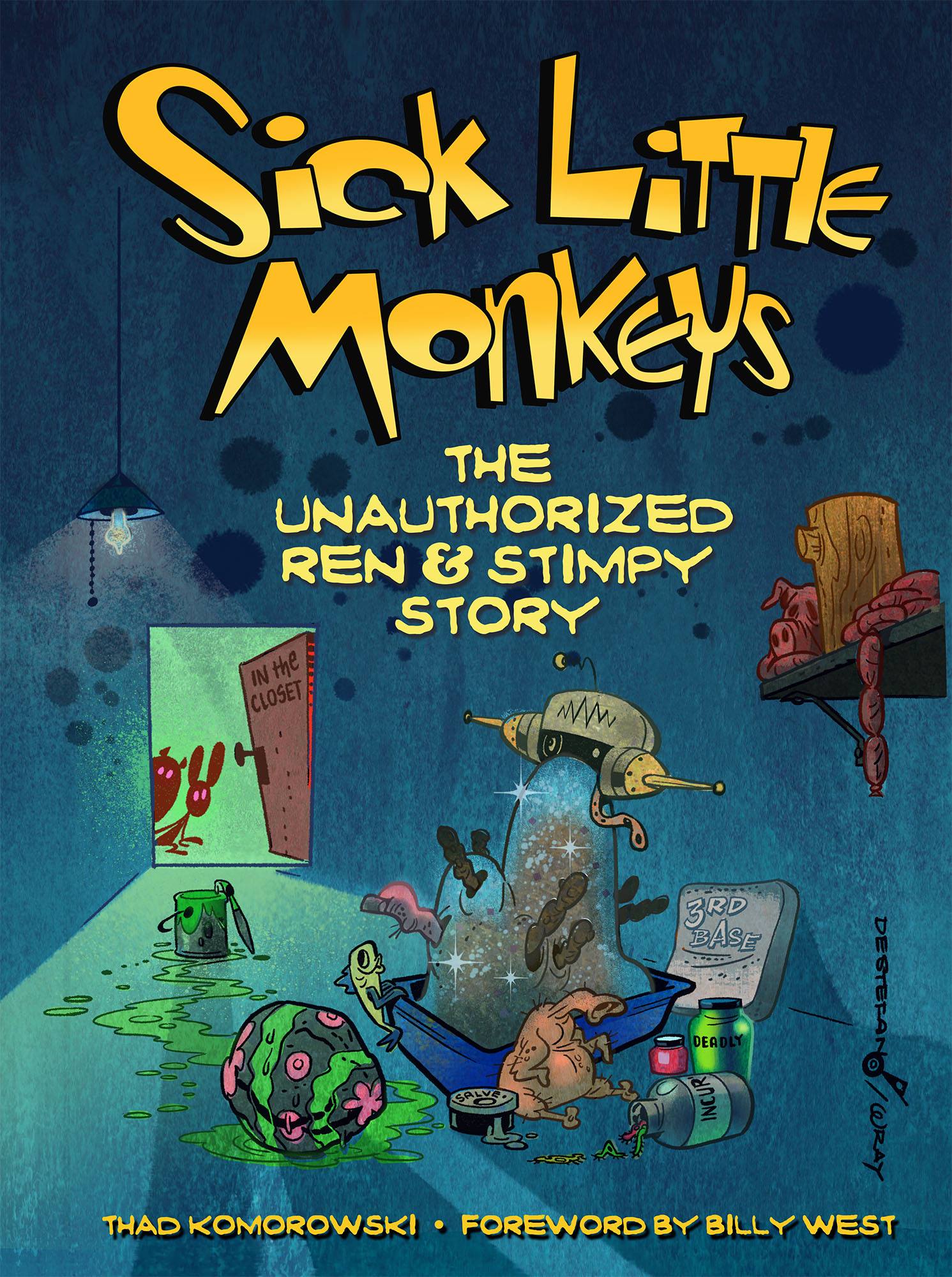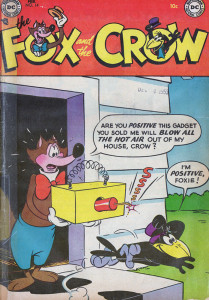 Some old comics are classics. Some old comics are just old. Some old comics are just stupid.
Some old comics are classics. Some old comics are just old. Some old comics are just stupid.
This one is kind of all three.
Just as Jim Davis’s cozy little comic shop for criminal publisher Benjamin Sangor was shut down in the summer of 1948, Sheldon Mayer retired from editing for DC to do full-time cartooning. Under Mayer’s example, the DC “funny” titles soon adopted a bombastic personality that at times can seem forced, but ultimately shows a self-referential wit that was usually foreign to these “animated comics.” The meta-element is often in the form of Tex Avery-style fourth wall breaking where the characters are aware they’re in a comic-book story, although it sometimes runs deeper in the knowingly ludicrous plots. It’s as if they said: “We can’t be as wry or smart as Barks or Stanley, but we can be wackier!”
As the Superkatt post shows, some cartoonists were more than capable. Most of the cartoonists that worked for DC weren’t, and Mayer’s Bo Bunny, Doodles Duck and Dizzie Dog features were rarely topped. One exception was Jim Davis, who had already been producing comics with the Columbia characters for DC. He soon found a niche drawing the same comics again with writers Hubie Karp (and later Cecil Beard) and got a kind of principled brilliance out of the deceptively thin premise of Fauntleroy Fox versus Crawford Crow. Reoccurring characters never appeared beyond the titular two, yet the stories’ hilarity was certainly reoccurring from roughly 1948-54.
The Davis-drawn stories with the Columbia characters proved rather popular, and by the end of 1951 they were appearing in four titles: Real Screen Comics, Comic Cavalcade, The Fox and the Crow, and Flippity and Flop. The cat-and-canary team also had its share of funny moments, with the two (and Sam the dog) fulfilling their animal roles almost obligatorily, in a way foreshadowing the Chuck Jones/Mike Maltese sheepdog and wolf series at Warners.
Given the number of stories needed, the steam ran out rather fast. The sharper stories began appearing in The Fox and the Crow and those in Real Screen Comics lost their edge. The [alleged] tactic to give the new title a boost appears to have worked. In 1954, The Fox and the Crow switched from bi-monthly to monthly publication.
The Fox and the Crow no. 14 (Feb. 1954) was the first monthly issue, and therein is one story that has nothing to do with Crow’s standard chiseling escapades. They say there’s nothing inherently funny about slipping on a banana peel. But if you can prolong the setup of said banana peel slip to a ridiculous six pages—and shove in a direct plea to the kid readers to read something else besides this stupid comic-book—it can be very funny indeed.
- Page 01
- Page 02
- Page 03
- Page 04
- Page 05
- Page 06

